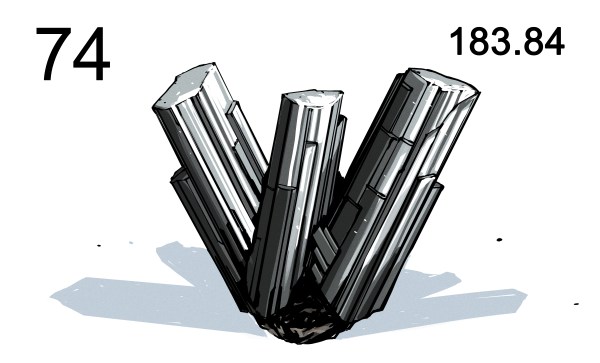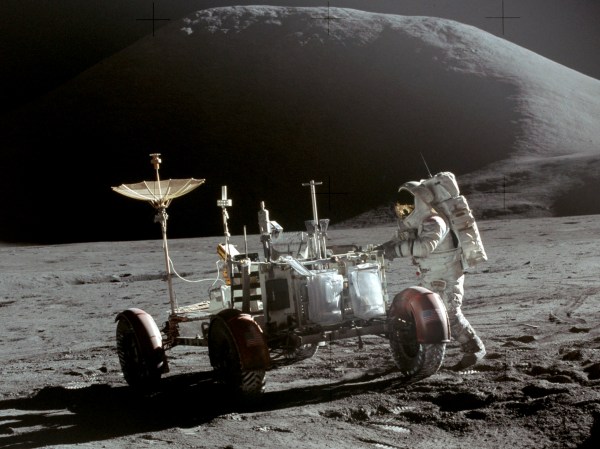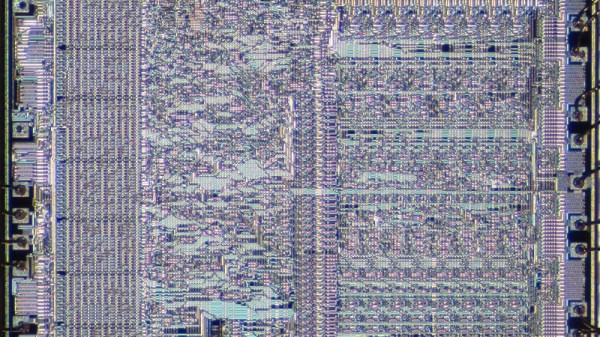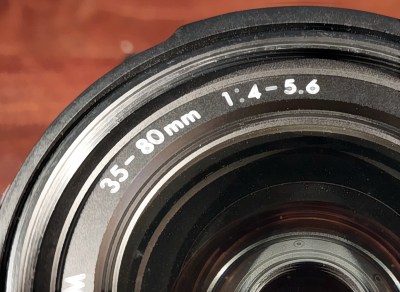 Who doesn’t want to use a programming language that is designed to be reliable, straightforward to learn and also happens to be certified for everything from avionics to rockets and ICBMs? Despite Ada’s strong roots and impressive legacy, it has the reputation among the average hobbyist of being ‘complicated’ and ‘obscure’, yet this couldn’t be further from the truth, as previously explained. In fact, anyone who has some or even no programming experience can learn Ada, as the very premise of Ada is that it removes complexity and ambiguity from programming.
Who doesn’t want to use a programming language that is designed to be reliable, straightforward to learn and also happens to be certified for everything from avionics to rockets and ICBMs? Despite Ada’s strong roots and impressive legacy, it has the reputation among the average hobbyist of being ‘complicated’ and ‘obscure’, yet this couldn’t be further from the truth, as previously explained. In fact, anyone who has some or even no programming experience can learn Ada, as the very premise of Ada is that it removes complexity and ambiguity from programming.
In this first part of a series, we will be looking at getting up and running with a basic desktop development environment on Windows and Linux, and run through some Ada code that gets one familiarized with the syntax and basic principles of the Ada syntax. As for the used Ada version, we will be targeting Ada 2012, as the newer Ada 2022 standard was only just approved in 2023 and doesn’t change anything significant for our purposes.
Continue reading “Programming Ada: First Steps On The Desktop”


















